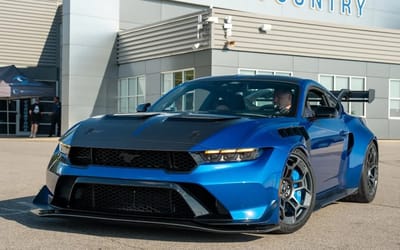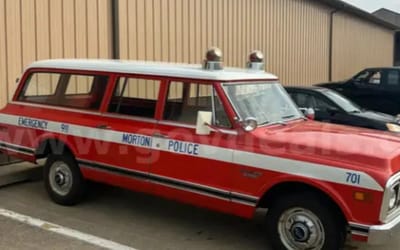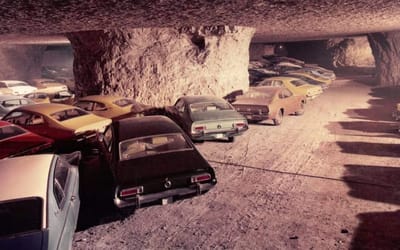There’s a very good reason the majority of aircraft are painted white
- You may have never noticed that most aircraft are painted white
- However, there’s a very good reason for it
- And it’s not to blend in with the clouds surrounding them
Published on Jul 08, 2024 at 4:37 PM (UTC+4)
by Amelia Jean Hershman-Jones
Last updated on Jul 08, 2024 at 8:33 PM (UTC+4)
Edited by
Tom Wood
Looking at an airfield you might notice that almost all the aircraft are painted white.
But do you know why?
And no – it’s not to blend in with the clouds that surround them.
READ MORE! Remarkable installation process of world’s longest airside bridge
Ever noticed that most aircraft are white?

If you scan an airfield you’ll notice that the vast majority of the fuselages are painted white.
That’s despite the unique, colorful graphics and livery that brand them.
Airlines, including Southwest – where a daughter recently started co-piloting with her dad – and Spirit are exceptions to the rule.
So why is that?

Turns out, like with most rules in aviation, its down to passenger safety and comfort.
“Most airplanes are painted white because the color reflects the sunlight, keeping the planes cooler and minimizing heat damage,” former pilot and professor at the University of Nevada, Las Vegas, US, Dan Bubb, told Travel + Leisure.
Like a car parked in direct sunlight – the darker the car, the hotter it gets.
As a far larger vehicle than a car, far more energy is required to cool an aircraft and sweltering boarding could at best be a nuisance and, at worst, put passengers in harm’s way.

White paint helps reflect some of the intense solar radiation and residual heat at cruising altitude.
This became the norm during the 1970s.
Prior to that, including the first ever bonafide manned aircraft from 1903, the wooden, metallic, and eventually polished aluminum bodies were left to shine and be exposed.
“Since Air France introduced the first ‘Euro-white’ livery in 1976, the all-white fuselage look has become increasingly standard for the world’s airlines,” aviation historian, Shea Oakley told the same publication.
“This has only accelerated in the 21st century, with the vastly increased use of composites in airliner construction.”
Exceptions to the rule
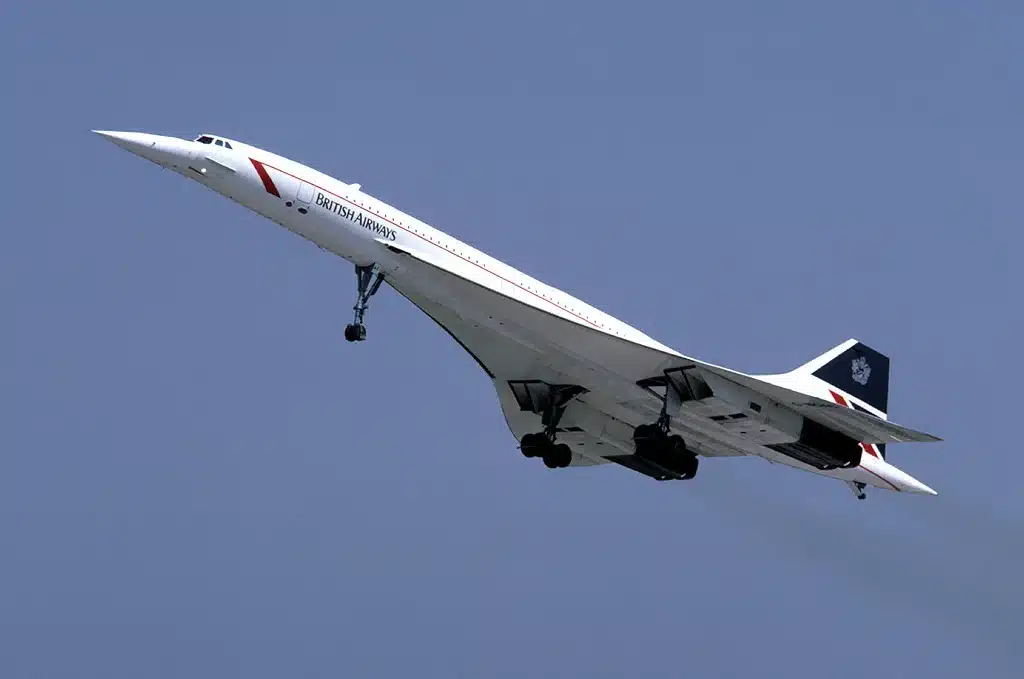
Some airlines do paint special aircraft for certain occasions.
However when Air France Concorde did a one-off marketing deal and painted a plane Pepsi blue in 1996 – precautions had to be taken.
“The Pepsi Air France Concorde looked nice in blue, but 1,350-mile-per-hour flights had to be restricted to no more than 20 minutes,” says Oakley.
“The airplane only stayed in that color for two weeks.”
“So why is that?
On Concorde, the effects of the sun, combined with the heat generated by aerodynamic friction at Mach 2, led the airplane’s designers to specify a very reflective overall white scheme to help reduce that heat.”
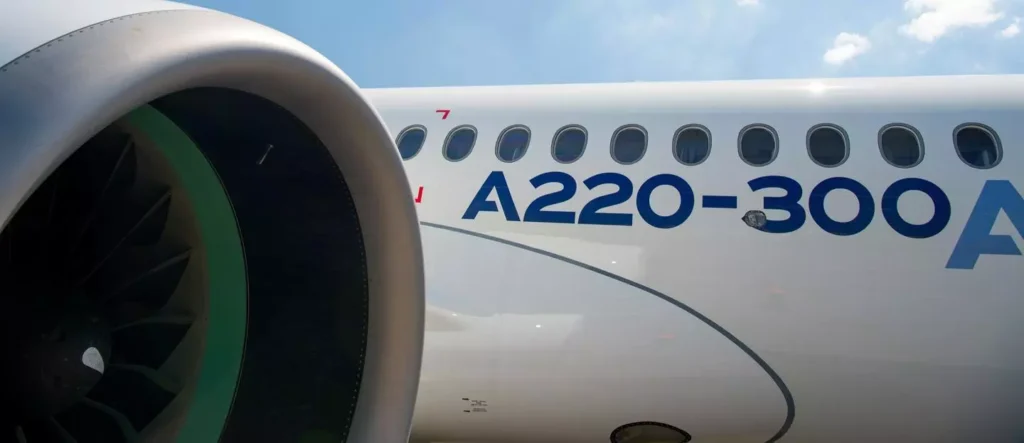
Other reasons, per MotorBiscuit, include light-hued varnish weighs less than dark-colored paint – making the plane more efficient and, ultimately, cost-effective.
Another plus is that white paint shows wear and tear more than any other color, allowing for cracks and corrosion to be spotted and sorted quickly.
It also doesn’t fade as quickly when exposed to the harsh UV rays at cruising altitude – meaning expensive touch-ups are required less frequently.
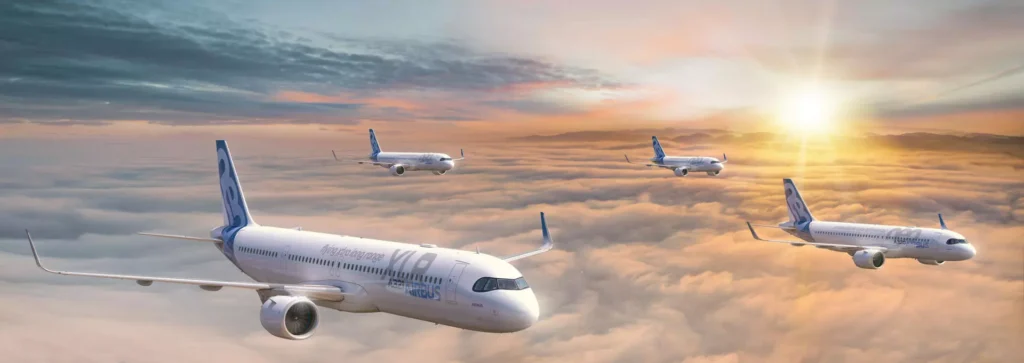
And – you knew they’d get their beaks in there somewhere – birds are able to spot planes much more easily when they’re painted white.
The contrast between the blue sky and the white aircraft makes the plane more visible to avian eyes.
This reduces the chances of a major – yet rare – safety risk occurring.
And while the exteriors are fairly uniform – the exteriors can be experimented with as the incredible designs of this Airbus A380 converted into a ‘flying palace’ reveal.
DISCOVER SBX CARS: The global premium car auction platform powered by Supercar Blondie
All Supercar Blondie contributors undergo editorial review and fact-checking to ensure accuracy and authority in automotive journalism. After gaining her BA Hons in French and English at the University of Nottingham, Amelia embarked on a vocational diploma from the National Council for the Training of Journalists (NCTJ). This led to numerous opportunities, from interning at Vogue to being on the small team that launched Women’s Health magazine in the UK, which was named the PPA Consumer magazine of the year for three years running. As Health, Beauty and Fitness editor, Amelia personally received a Johnson & Johnson Award and was shortlisted for both PPA and BSME titles. Since then, Amelia has created content for numerous titles and brands, including the Telegraph, 111 Skin, Waitrose, Red magazine, Stylist, and Elle, as well as being Head of Content at Vitality and Editor in Chief at INLondon magazine. “My superpower is translating technical jargon about the mechanical workings of a supercar into a relatable story you’ll want to share with your friends after you’ve read it.” After joining the SB Media family as a senior journalist in September of 2023, Amelia’s role has evolved to see her heading up the SEO output of the editorial team. From researching the most ‘Google-able’ key terms to producing evergreen content - it’s been a time of hard work, growth, and success for the editorial team and the Supercar Blondie website. “I like to think of myself as a ‘method journalist’. In other words: I live and breathe whatever I am writing about. When writing about fitness, I trained as a personal trainer, and as a beauty editor, I completed an ‘expert’ in scent diploma with the Fragrance Foundation. “During my tenure at Supercar Blondie, however, I did something I never thought possible: I passed my driving test at the age of 36. One day I’d love to train as a mechanic to better understand what happens under the hood, too. “My sweet spot is providing readers with a ‘takeaway’ (read: something new they didn’t know before) after reading every one of my stories. While I don’t claim to be an expert in the automotive world, I know the experts and bodies in the field to rely on to provide our readers with an informative and thought-provoking story every time they visit the site.”

